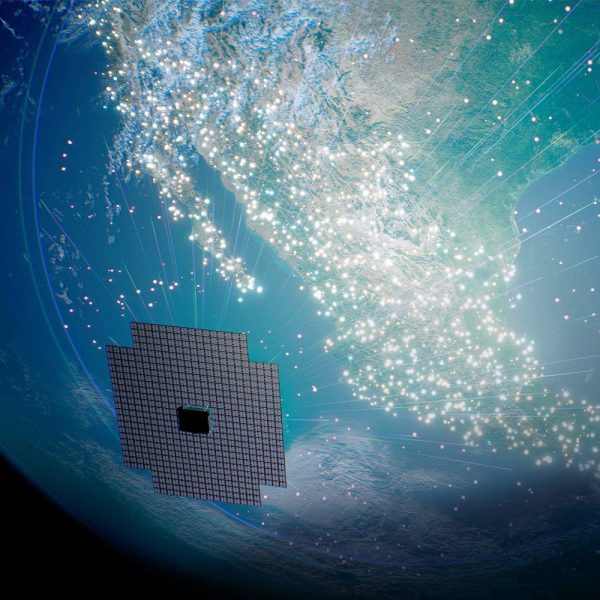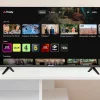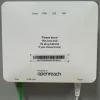AST Space Mobile and Vodafone Sign Long Term 5G Satellite Deal

Satellite operator AST SpaceMobile has today signed a “definitive” long-term commercial agreement that will allow Vodafone to harness their new network of cellular broadband satellites in Low Earth Orbit (LEO) until 2034. This is essentially a space-based 2G, 4G and 5G mobile broadband service that can connect with regular handsets around the world.
Over the past few years’ we’ve already seen AST conduct several trials of the new platform, including via their prototype 1.5-ton BlueWalker 3 satellite (here), which orbits at an altitude of a little over 500km and features a huge 693-square-foot (64.4-square-meter) phased array antenna (here). The satellite was specifically designed for sending and receiving mobile signals between the space-based platform and regular mobile handsets on the ground.
The platform was originally developed with support from Vodafone and thus nobody will be surprised to learn that the pair have today signed a long-term commercial agreement until at least 2034. This will support AST’s efforts toward launching a total of 100 similar satellites (BlueBirds) over the next few years (future models will be even larger and more capable).
Advertisement
The eventual aim is to make this service attractive for regular consumers (we suspect this may form part of a ‘global roaming’ style add-on for mobile plans, at extra cost). Today’s agreement thus establishes the framework for Vodafone to offer space-based cellular broadband connectivity in its home markets (e.g. the UK), as well as to other operators via its Partner Markets program.
AST SpaceMobile Statement
Vodafone has placed an order for its first Block 1 BlueBird gateway, marking a milestone in the deployment of AST SpaceMobile’s global network infrastructure. Users outside traditional cellular coverage will be able to connect their everyday smartphones directly to AST SpaceMobile’s satellites in low Earth orbit, which in turn will route the data to the gateway. These gateways will then connect to Vodafone’s existing network infrastructure to route the broadband data to users’ devices, as well as to access third-party Apps and the Internet.
The next-generation Block 2 BlueBirds featuring up to 2,400 square foot communications arrays, are designed to deliver up to 10 times the bandwidth capacity of the BlueBird satellites in orbit today, enabling peak data transmission speeds up to 120Mbps, supporting voice, full data, and video applications.
Admittedly, AST are only planning to deploy a significantly smaller number of satellites than their closest rival at Starlink (SpaceX), which has already launched thousands of Direct to Cell (DtC) capable spacecraft into orbit (here). But this is partly mitigated by the advantage of having such a huge phased array antenna, which can deliver significantly wider coverage, even if astronomers might not be too happy with how bright they all are (i.e. causing interference with scientific observations).
At the same time AST will also face similar challenges to Starlink, such as in terms of the need to deploy enough ground stations and to secure the necessary regulatory approvals, as well as the support of more mobile operators, for related radio spectrum across multiple countries. But the introduction of additional competition should hopefully help to ensure fairer pricing for consumers, governments and businesses.
The UK telecoms regulator, Ofcom, is already in the process of developing a new authorisation regime to support the new services from AST and Starlink, which should be ready during “early 2025“ (here). We should point out that other satellite operators, such as OneWeb (Eutelsat), Amazon (Project Kuiper) and a few others have also been exploring the possibility of providing cellular services for regular smartphones.
Advertisement
Mark is a professional technology writer, IT consultant and computer engineer from Dorset (England), he also founded ISPreview in 1999 and enjoys analysing the latest telecoms and broadband developments. Find me on X (Twitter), Mastodon, Facebook, BlueSky, Threads.net and Linkedin.
« Quickline Welcomes First Apprentice Fibre Broadband Engineers























































Comments are closed